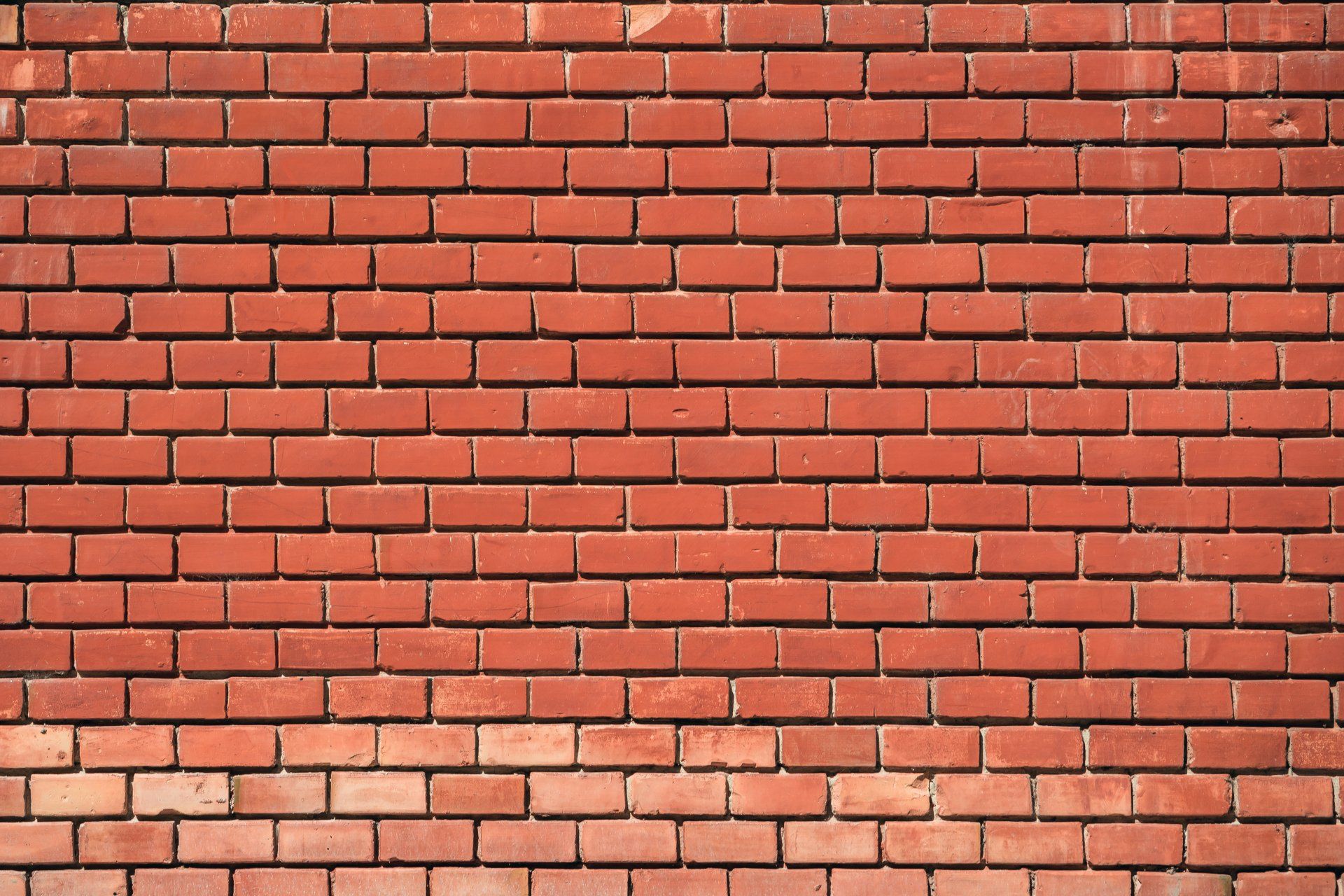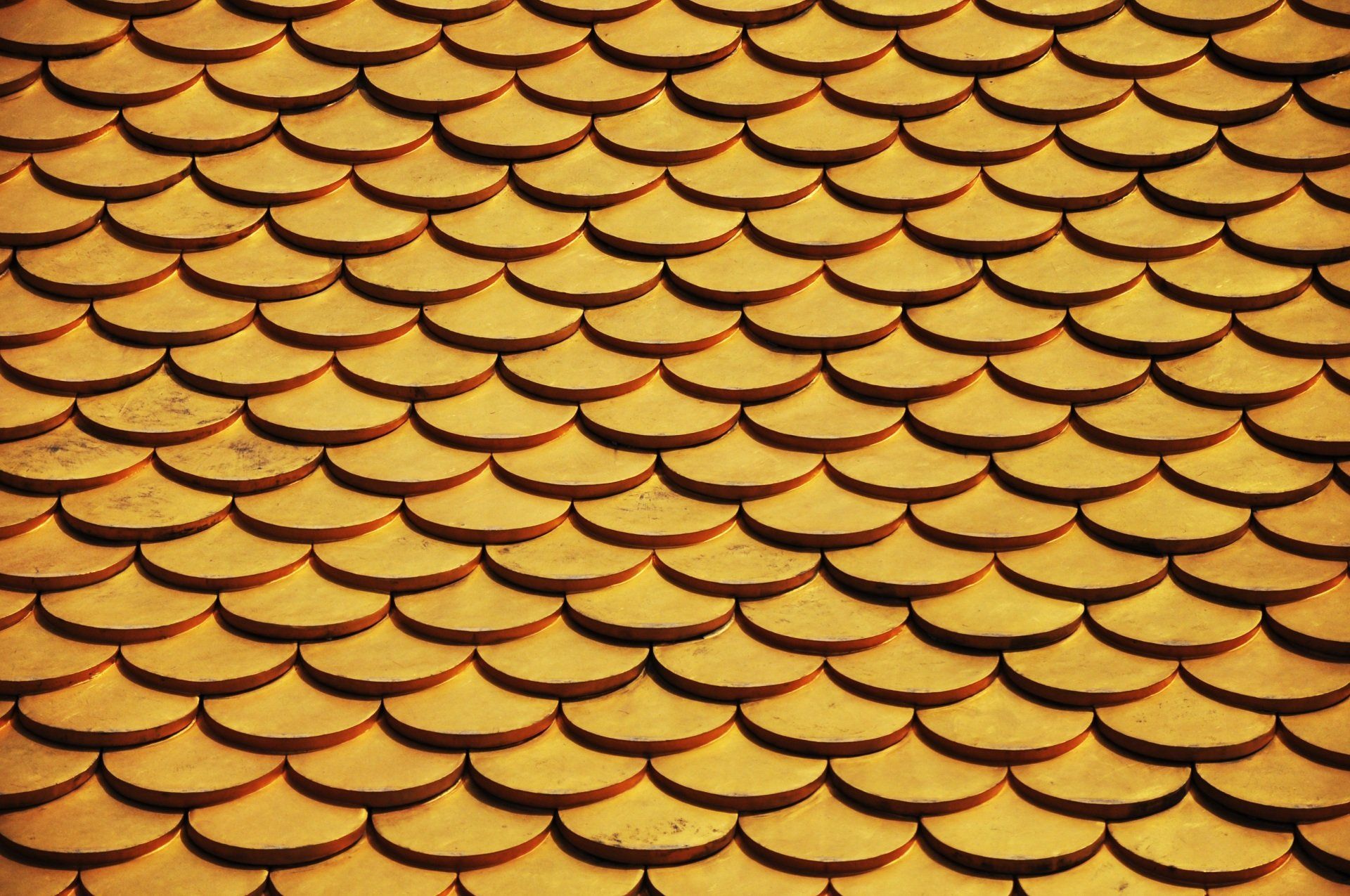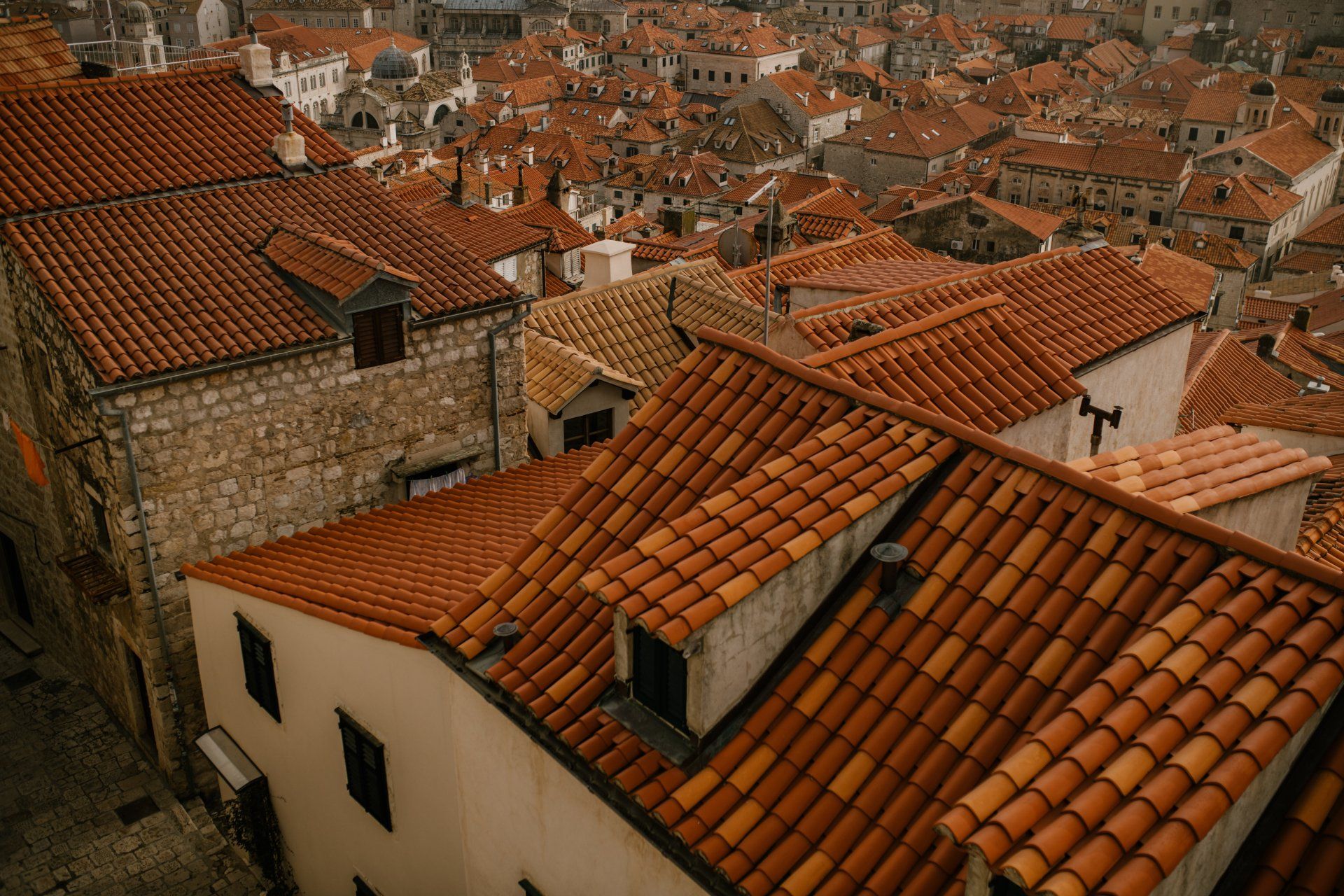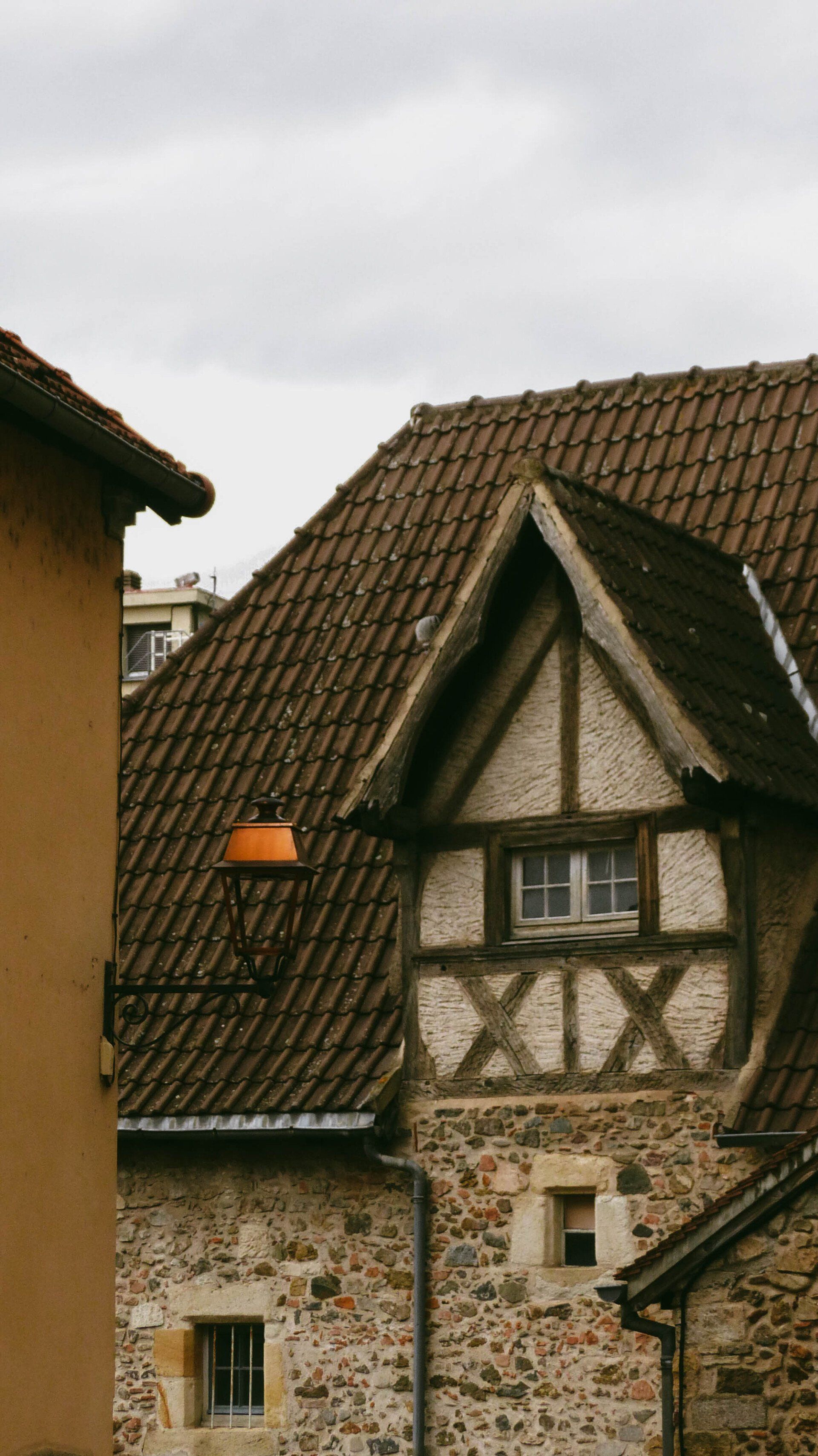Types of Roof Tiles
Types of roof tiles UK
The roof of a building is the cover that is put above the ceiling of any room. This covering then protects all those who are inside from harsh weather conditions including rain, snow, sun, and wind. The material used for this purpose can vary depending on what type of habitat one lives in. For example, in cold climates materials like metal or aluminum are used whereas in hotter places where there is high humidity, clay or concrete tiles are preferred. There are many different types of roofing options available to suit most needs, but the four main ones used on roofs in the UK are clay tiles, concrete tiles, slate tiles, and composite tiles. Also, there are many different variations in the roof tile materials.
Different types of tiles for roof
Tiles have been used widely throughout history as a cheap and effective way to have a sturdy roof over one's head. They are an excellent choice for those living in cold or wet climates because they can withstand high winds, rain, snow, and other forms of inclement weather better than other materials such as metal. The material is tough and doesn't crack easily so it lasts longer than other options available on the market today. Tiles also provide insulation from extreme temperatures so people living under them will not feel too or too warm whilst inside their homes. Here are some of the different types of roof tiles available for people to choose from, depending on their individual needs and preferences.
Clay Tiles
Clay tiles are the traditional choice for many home owners across the UK because they can easily be dyed to various colours and therefore offers a surprising amount of freedom when it comes to design choices. Clay roof tiles really are quite special as each one is hand crafted which means that no two tiles are ever exactly alike - this also explains why clay roof tiles come in different shapes and sizes too. The types of clay roof tiles you choose will depend on several factors such as how long you want your roof to last (shorter life equals cheaper); aesthetics; budget; local geographical conditions. However, if you're looking for cheap tiles for your roof then plain clay tiles are the way to go.


Pantile Roof Tiles
Pantile roofs are always curved in shape and resemble a half-cylinder; flat pan-tile roofs are never curved. Pantiles tend to require more maintenance than conventional clay tile roofs as any damage is difficult to repair without replacing the entire tile and they're not suitable for every type of roof.
The S-tile is a variant on the pantile that curves even further than standard pantiles do. They're often used in areas where rainwater drainage isn't an issue but the curvature helps the tiles to remain watertight all year round.
Conventional clay tiles can be split into two categories: plain and ridge tiles. Plain tiles are normally used on flatter roofs while ridge tiles should be used on steeper roofs or where there's more space between each tile (for example, for a manor house). For extra strength and durability, you should always choose concrete over clay and other materials.
Concrete Roof Tiles
Concrete is one of the most popular types of tiles and there is a wide range available, including interlocking concrete tiles or larger cut-to-shape tiles. Unlike clay, most modern concrete tiles are made with steel mesh for reinforcement and they will generally withstand most weather conditions. For this reason, most houses use them as they can last anywhere from 50 to over 100 years (with good maintenance). However, they tend to be more expensive than clay due to the extra work involved in making them. Concrete is also heavy which means it is not easy to lift onto roofs – this means that sometimes it may be difficult to find someone who can do the job properly and safely. Clay roof tiles are lighter and cheaper than concrete; however, they come in fewer varieties. Furthermore, they are not suitable for all roofs. This type of roof tile is used when the pitch (the incline) of the roof is less than 30 degrees (34 degrees for larger tiles). They are also much lighter than concrete; hence easier to lift onto the roof. It has been known that clay tiles can sometimes crack or break in cold weather. However, this will not affect its water tightness and they can last anywhere between 40-100 years.


Slate Tiling
Slate roofing tiles are made of natural stone. They are very weatherproof, so they can last for many years. They usually need to be installed with felt or underlay beneath them - these materials protect the roof from any damage that might happen through water penetration. This is because slate tiles cannot allow rainwater in the same way other roofs do, and instead it runs straight off their surface into gutters below.
Slate tiles come in a range of colours, but some prefer white ones for their home. These types of roofing tiles look great when put on top of an old house or cottage as they have a rustic quality which complements this style well.
Slate tiles are one of the most expensive tiles available, and they're also very heavy to carry and difficult to install. This means that you will need a roofer with plenty of experience in slate roofing if you want this type for your home.
Composite roof tiles
Composite roof tiles are one of the newest and most innovative choices for today’s roofing market. Composite roof tiles (eg PVC, Eldan) consist of a polymer skin suspended on top of an organic filler such as paper or chopped glass mat. This combination makes these types of tiles more environmentally friendly than traditional clay or concrete tiles, as well as lighter and less fragile.
Composite roofing is often used in areas where homeowners are looking to upgrade their homes to be more energy efficient. Because composite tiles are light, they allow wind to pass through them—making them aerodynamic—and preventing damage that might result from heavy winds. Composite roof panels also work better in inclement weather because they don't absorb water the way tiles made with organic materials do.
Composite roofing is more expensive than traditional roofing products, but the higher initial cost often is offset by the money saved on heating and cooling costs in a home with such roofs. The long-term durability of composite roof panels also justifies their expense. These types of roofing panels can last up to 50 years, which means homeowners don't have to worry about replacing them any time soon.

Roof Tile Shapes and Sizes
You also need to consider what type of roof tiles will suit your house best, from square slates to square concrete tiles, which are designed specifically for Georgian dwellings with square roofs. If you're not sure whether you should use a triangle or square roof tiles on your home's roof, don't hesitate to get in touch with us - we'll be more than happy to help. For example, rectangular tiles will suit modern houses much better than traditional ones.
Tiles for roofs come in different shapes and materials. The most common types of tiles for roofs, for example, are square tiles, triangle tiles, and rectangle-shaped ones. You can choose between building materials such as concrete tiled roofs or clay tiled roofs. Depending on where you live in the UK the type of tile will vary. For example, clay and concrete tiles are very popular in areas like Derby, whereas concrete tiles are more common across other parts of the UK. It is worth mentioning that our company offers a wide range of quality affordable Roof Tiles for sale including triangular, square and rectangular roof tiles. Also, there are a variety of different roofing accessories available from us to help you with all your roofing needs.
Your Reliable Partner for Building Project Roofing Services
Visit the homepage of Trust Roofing Services to view the complete list of top class roofing services offered all over Notthinghamshire.
Let’s talk about your project
Fill out the form, or call us to set up a discuss or setup a meeting at
We will get back to you as soon as possible.
Please try again later.
We bring pride and passion to every project that we undertake, with a professional team of designers, project managers and tradespeople.
Ⓒ 2023 Trust Roofing Services

